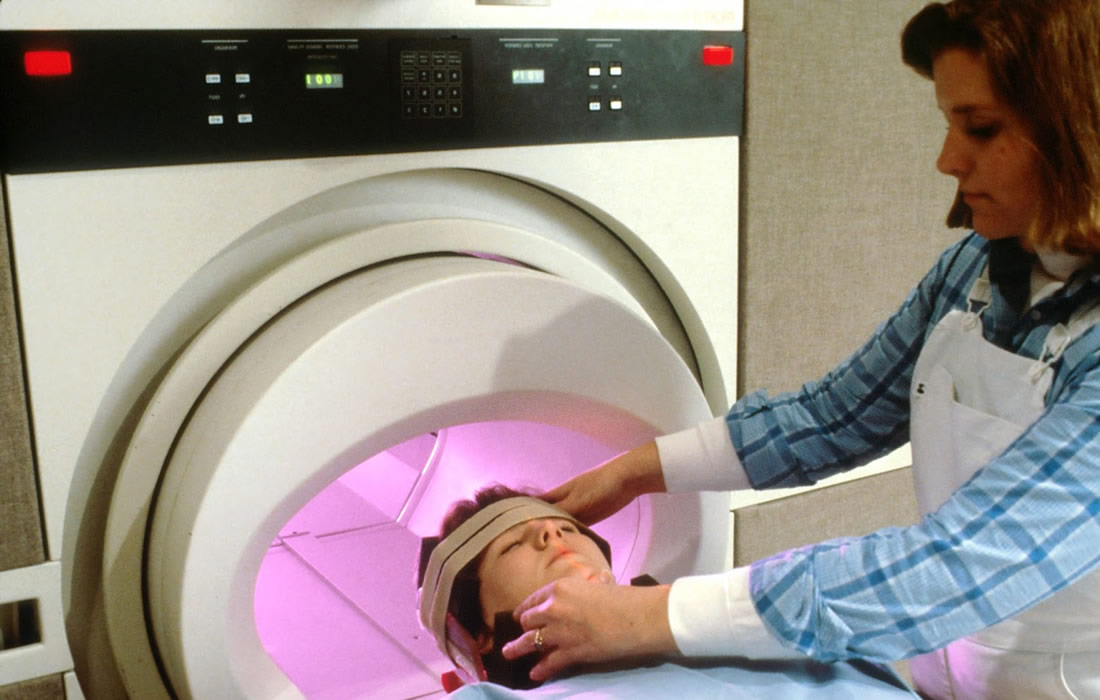Regenerative Medicine News and General Information
New Neuroimaging Approach Could Improve Diagnosis of Schizophrenia
New research led by scientists working with Georgia State University’s TReNDS Center has identified age-related changes in brain patterns associated with the risk for developing schizophrenia.
The study used new analytic approaches developed at the TReNDS center. Researchers used a hybrid, data-driven method called Neuromark to extract reliable brain networks from the neuroimaging data which were then further analyzed in the study.
Researchers started with functional MRI scans to detect age-related changes in brain connectivity and their association with schizophrenia risk. The research identified high-risk individuals for developing psychosis during late adolescence and early adulthood.
“This study combined over 9,000 data sets using an approach which computes functional brain networks adaptively while also allowing us to summarize and compare across individuals,” said University Professor Vince Calhoun, director of the TReNDS center. “This led us to a really interesting result showing that genetic risk for schizophrenia is detectable in brain network interactions even for those who do not have schizophrenia, and this change reduces with age. These results also motivate us to do further investigation into the potential of functional brain network interactions to be used as an early risk detector.”
The team analyzed data from 9,236 individuals in different age stages. Using fMRI scans, genetic and clinical measures, they found that alterations in prefrontal-sensorimotor and cerebellar-occipito parietal brain connections are linked to genetic risk for schizophrenia. These alterations were observed in patients with schizophrenia, their neurotypical siblings and those displaying under-threshold psychotic symptoms.
The researchers found that younger individuals with increased risk have similar network connectivity as the brains seen in older patients. These findings could help identify a patient’s risk for developing disease later in life.
“Visiting TReNDS under the expert guidance of Professor Calhoun has been an exceptional experience. It provided me with a unique opportunity to develop an innovative approach that led to the discovery of a distinct brain signature for assessing the risk of schizophrenia by pooling multiple functional acquisitions,” Passiatore said. “These findings trace a risk-related brain trajectory across multiple age stages with the potential to enhance our understanding of the disorder and to improve early diagnosis and intervention efforts, with a significant impact on the lives of at-risk individuals.”
The findings could improve early detection and intervention strategies and offer potential biomarkers for investigating the role of specific genes and molecular pathways in developing schizophrenia.
Sources:
Roberta Passiatore, Linda A. Antonucci, Thomas P. DeRamus, Leonardo Fazio, Giuseppe Stolfa, Leonardo Sportelli, Gianluca C. Kikidis, Giuseppe Blasi, Qiang Chen, Juergen Dukart, Aaron L. Goldman, Venkata S. Mattay, Teresa Popolizio, Antonio Rampino, Fabio Sambataro, Pierluigi Selvaggi, William Ulrich, Daniel R. Weinberger, Alessandro Bertolino, Vince D. Calhoun, Giulio Pergola. Changes in patterns of age-related network connectivity are associated with risk for schizophrenia. Proceedings of the National Academy of Sciences, 2023; 120 (32) DOI: 10.1073/pnas.2221533120
Georgia State University. “New neuroimaging approach could improve diagnosis of schizophrenia.” ScienceDaily. ScienceDaily, 2 August 2023. <www.sciencedaily.com/releases/2023/08/230802131952.htm>.
Images from:
Photo by National Cancer Institute
https://unsplash.com/photos/f2aDTqfnqfE

